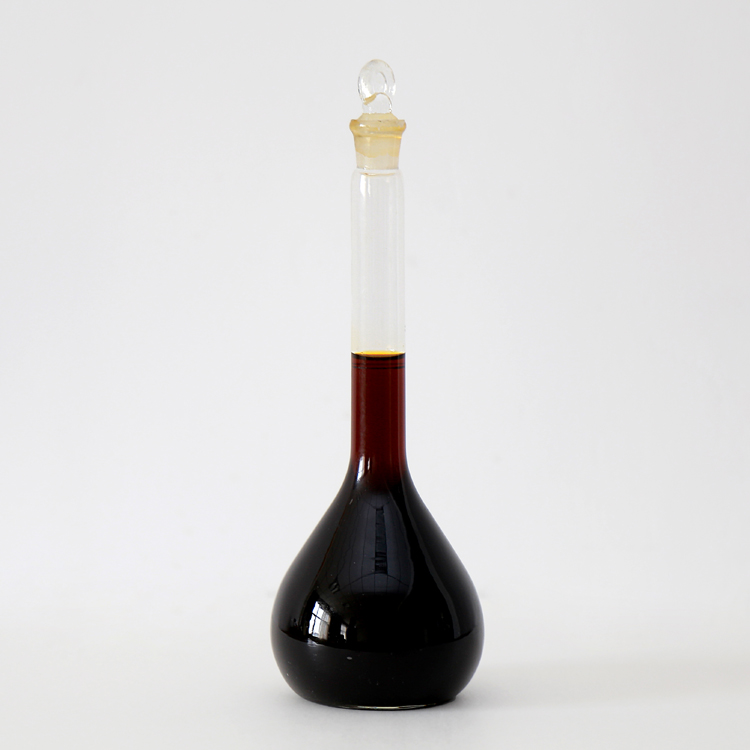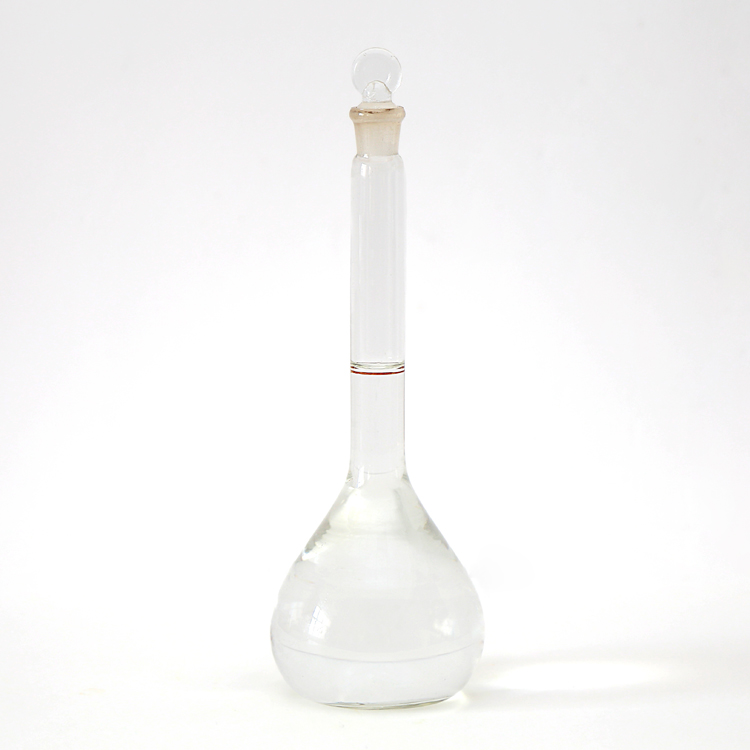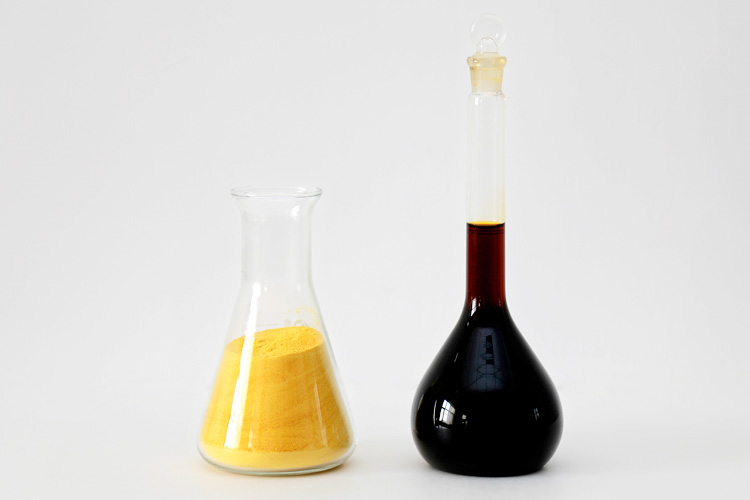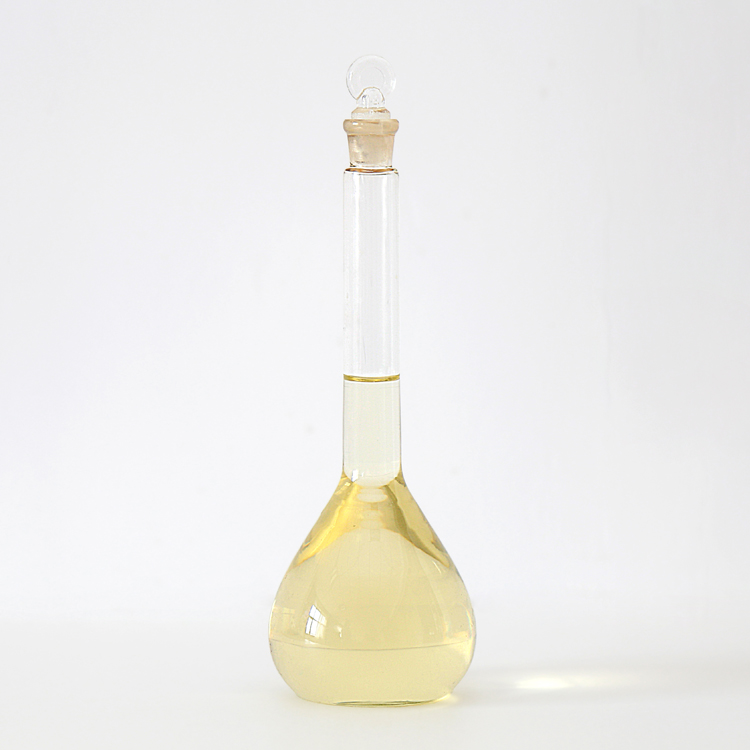
COMPANY NEWS
- Home >> NEWS >> COMPANY NEWS
Product recommendation
Hot News
Contact us
- Tel:+86-0391-3126812
- Phone:+86-15803910375
- Add:The west industrial cluster area of Jiaozuo City, Henan province, China
- E-mail:aefk@aefkchem.com
Role of polyaluminum chloride in acid-base wastewater
Polyaluminum chloride is a widely used coagulant, which is often used in the treatment of industrial wastewater. In fact, the pH value of wastewater has certain influence on the use of polyaluminum chloride. Alkaline wastewater, such as acid wastewater, is a kind of common industrial wastewater. If it is not treated, it will be directly discharged and corrode pipelines, channels and hydraulic structures. After being discharged into the water body, the pH value of the water body changes, the self purification of the water body is affected, and the self alkaline wastewater treatment of the river is damaged, resulting in the reduction or destruction of aquatic resources. Polyaluminum chloride (PAC) is a kind of inorganic macromolecule coagulant for sewage from thermal power plants. Due to the bridging action of hydrogen and oxygen ions and the polymerization of multivalent anions, the high molecular weight and high charge inorganic high molecular water treatment agent is obviously superior to other gel agent products in the circulating water treatment of power plants.
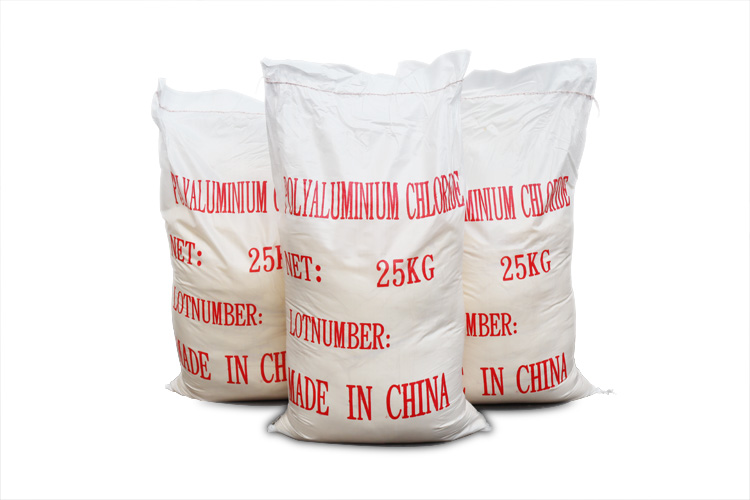
Sewage of thermal power plant: there are mainly two circulating systems for sewage circulating water of the power plant: one is the steam circulating system in the power equipment, and the other is the cooling water circulating system. Therefore, the power plant is not only a large user of water and drainage, but also a large polluting family. Although the pollutant content in the sewage of thermal power plants is not high, due to the large discharge capacity, the total pollutant discharge will increase correspondingly, which will also cause varying degrees of environmental pollution.
Sources and water quality characteristics of power plant sewage: the power plant sewage comes from a wide range of sources, mainly divided into the following categories: ash flushing sewage, desulfurization sewage, industrial sewage (chemical sewage and oily wastewater). Compared with industrial sewage such as chemical industry and papermaking, thermal power plant sewage has the characteristics of large difference in water quality and quantity, many types of sewage, inorganic pollution components, oil-based organic pollutants, and more intermittent discharge.
In recent years, the occurrence of sudden water pollution caused by acid-base wastewater has attracted extensive attention in China. Therefore, after the wastewater is tested, the unqualified wastewater must be treated to meet the national or local discharge standards. You can leave the hospital. However, most of the treated chemicals are affected by the pH value of the wastewater, so they cannot be completely treated. At present, a new treatment method for acid-base wastewater has been developed at home and abroad. Electric neutralization is not a good treatment method. It can be treated by adsorption of polyaluminum chloride. In addition, the required adsorption of aluminum chloride can be accomplished in three ways, as described below. In addition, under alkaline conditions, the adsorption of polyaluminum chloride in wastewater is very ideal.
Polyaluminum chloride (PAC) is a kind of inorganic high molecular polymer with certain gelling property. It can be used as a binder for fire-resistant coatings, ultra pure alumina products and fire-resistant concrete. It is also widely applicable to the treatment of various industrial water and urban sewage. What is a binder? It is a material cemented together by bulk refractory materials composed of refractory coarse particles and powder, also known as "cementing agent". As a binder for refractory materials, it is required not only to have good cold and hot bonding strength, but also to have good construction (forming) performance and service performance.
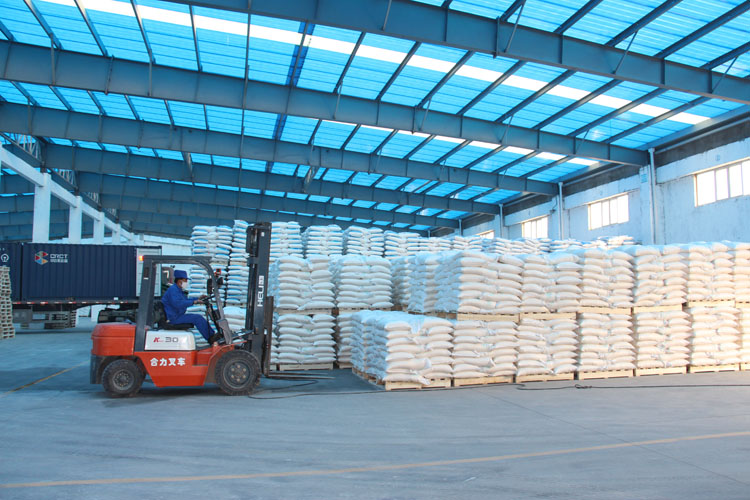
Polyaluminum chloride is a kind of high valence polyhydroxy electrolyte, which can be regarded as the intermediate product of AlCl3 hydrolysis to Al (OH) 3. The colloidal core is positively charged, and the hydrolysis is acidic. The composition of this kind of products is a mixed system composed of various aqueous complexes in a certain proportion under certain conditions. The expression is [al2 (OH) n · cl6-n]m, where n=1-5, m ≤ 10. Polyaluminum chloride is rich in raw materials and low in cost. It has the characteristics of not reducing the fire resistance of fire-resistant concrete, strong activity at high temperature, and hardening at room temperature when a small amount of accelerator is added. It is a promising binder.
Compared with the traditional agent, it has a series of characteristics, such as less dosage, low cost, excellent purified water quality, easy to use, and can replace the traditional water treatment agent. Crystalline aluminum chloride can be prepared by boiling pyrolysis at 170 ℃, water curing polymerization, curing and drying.
Thank you for your attentionHenan aierfuke Chemical Co., Ltd:Focus on water treatment, only for the healthy world! Our company is committed toPolyaluminium chloride、Polyferric sulfateThe R & D, manufacturing and sales of series of water purification materials are willing to create success with our customers and friends.
 Chinese
Chinese English
English Russia
Russia


